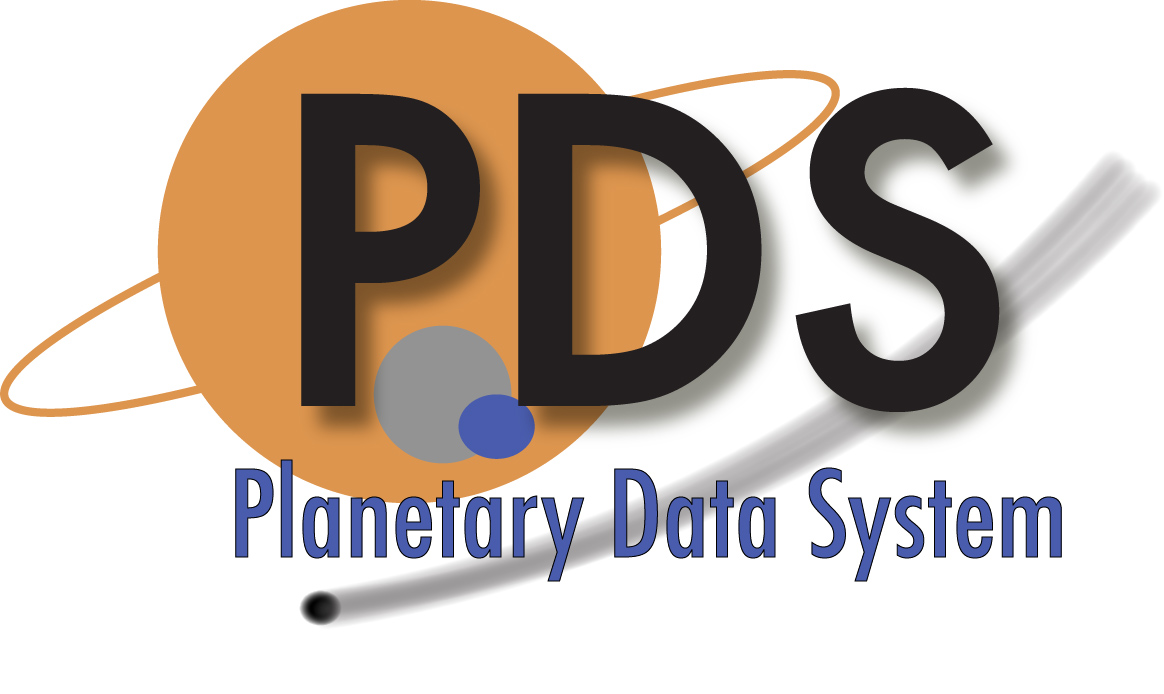
Photopolarimeter-Radiometer
The radiometry channels are centered below 4µmand at 17, 21, 27.5 and 37 µm and above 42µm. When the instrument is used as a photopolarimeter, the passes through a filter and a Wollaston prism that diverts 2 orthogonal polarizations to silicon photodiodes. The polarimetry channels are centered at 4100, 6780 and 9450 angstroms. The photometry channels are at 6180, 6330, 6460 ,7980, 8300, 8410 and 8920 angstroms.
PPR Science Objectives
Determine the vertical and horizontal distribution of cloud and haze particles in the atmosphere of Jupiter, including their size, shape, and refractive index;Determine the energy budget of Jupiter and the variations in amount and spatial distribution of reflected solar radiation and emitted thermal radiation for Jupiter and its satellites, including the thermal structure of the atmosphere and the vertical distribution of absorbed solar radiation in the atmosphere of Jupiter;
Measure and map the photometric, polarimetric, and radiometric properties of the major satellites of Jupiter.
References Helpful in Scoping the Mission
Mission DescriptionSpacecraft description
Instrument Description
Raw Data
Reduced Data
Citation
 PDS: The Planetary Atmospheres Node
PDS: The Planetary Atmospheres Node


